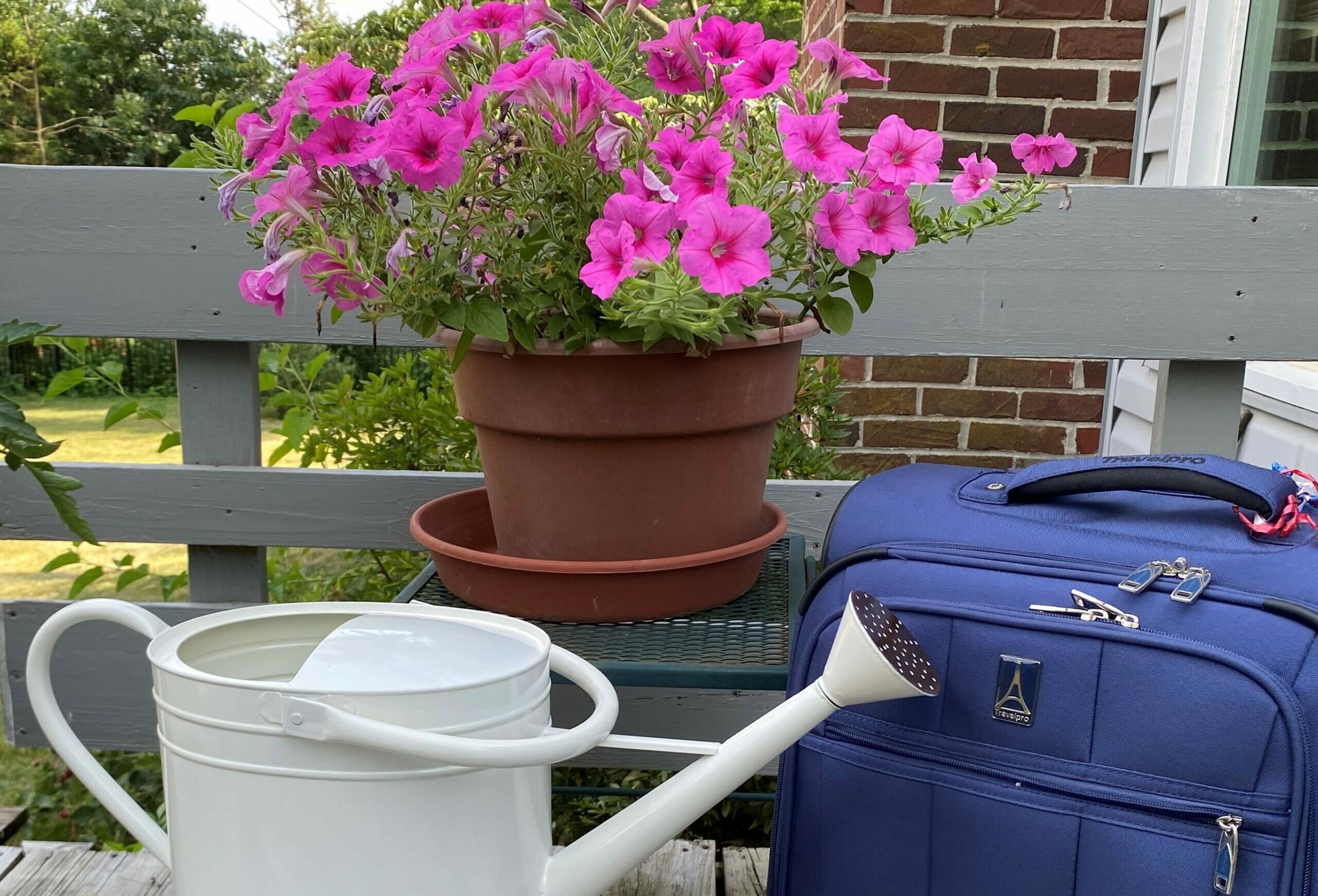Vacation planning includes plant care

COLUMBIA, Mo. — Don’t forget plant care when planning your summer getaway.
In a press release, University of Missouri Extension horticulturist Michele Warmund said, “After a wonderful vacation, it’s never fun to come home to dead plants.”
Before the trip, arrange for a reliable neighbor or plant sitter to water indoor and outdoor plants, says Warmund. To help reduce the workload, group plants together with easy access to water, if possible.
“It’s always a good idea to ask your plant sitter to take a tour of the plants that need to be watered and review the watering needs of indoor and outdoor plants,” says Warmund. “Also, before you lock the door, give your plants a deep, thorough watering as a kindness to your plant sitter.”
Place indoor plants out of direct sunlight. Put saucers under the plant containers and provide a watering can. For containers with a fast-draining potting medium, consider placing them in a sink or bathtub to avoid damaging surfaces below the containers.
For large potted plants that are not easily moved, you can add mulch to the potting medium surface to help water retention. Avoid turning up the indoor thermostat to delay more moisture loss in container-grown plants.
In the absence of a good neighbor, you can use plastic water bottles to irrigate indoor plants for a short time. Use a thin nail or other sharp implement to poke a few small holes in the lid. Also, puncture a small hole in the base of the bottle to avoid forming a vacuum. Next, fill the bottle with water and insert the lid in the potting medium to keep the plastic container upright, or use a small stake to hold the upside-down bottle in a vertical position. Alternatively, you can purchase watering spikes and decorative vessels that are inserted into the potting medium.
Water-retaining crystals or hydrogel products are marketed for use in container-grown plants. Over time, the crystals degrade, slowly releasing water. However, these products are not always reliable and do not conserve water, says Warmund.
For outdoor plants, move containers to a shady location. Providing a hose or watering can with easy access to an outdoor spigot will ease the burden of watering. Mulch will help retain soil moisture and moderate the root zone temperature in vegetable gardens or landscape beds. A soaker hose or a simple drip irrigation system with a timer can be effective.
For small, young trees, you can use tree-watering bags, which are filled with water and placed around the trunk at the soil surface to slowly irrigate the soil. However, these watering bags only wet the soil in a 1- to 2-foot radius around the base of the tree and must be refilled periodically. Large trees are best irrigated when the water is applied at the drip line, directly below the branch tips.
Automated sprinklers are ideal for irrigating lawns. However, lawn sprinklers that attached to a hose and strategically placed with good coverage can also work. When hot, dry conditions are forecast, ask your neighbor to turn on sprinklers to apply 1 to 1-1/2 inches of water per week if a green lawn is desired. Otherwise, cool-season grasses, such as turf-type fescues, Kentucky bluegrass and perennial ryegrass, will go dormant when moisture is limited. However, most lawns will re-green when adequate rainfall occurs or water is applied.
Miss Clipping Out Stories to Save for Later?
Click the Purchase Story button below to order a print of this story. We will print it for you on matte photo paper to keep forever.

